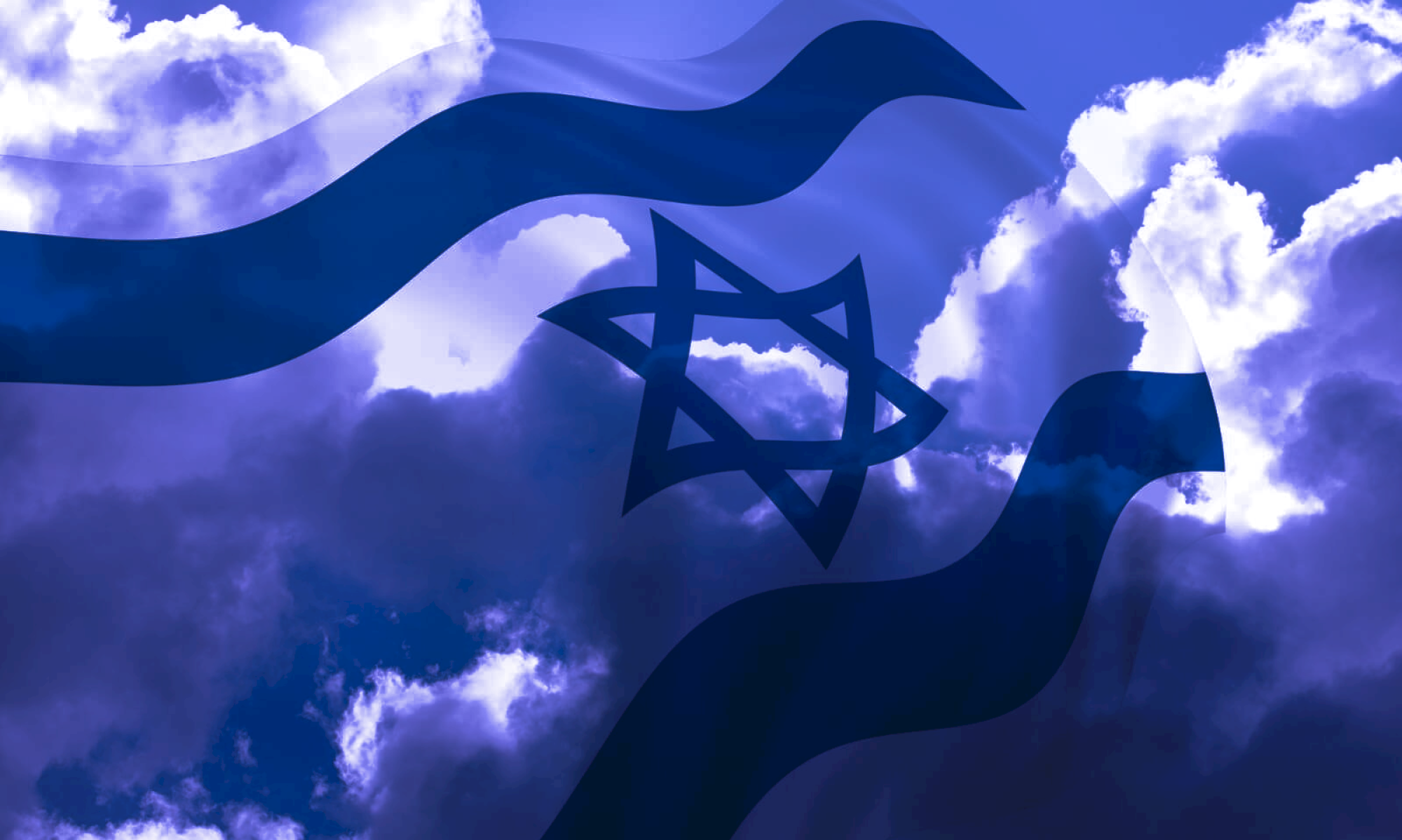
Attack said to kill 2 members of terror group, as 3 more commanders killed in Lebanon; 5 drones, some 60 rockets fired at north, most intercepted, while troops in Lebanon press on
In a rare acknowledgment, the IDF confirmed launching airstrikes in Syria on Monday, targeting what it said were infrastructure and assets of Hezbollah`s intelligence division, as strikes on Hezbollah in Lebanon killed at least three of the terror group`s commanders, according to the military.
Meanwhile, dozens of rockets were fired from Lebanon at the north, and the army said it shot down several drones, including two apparently launched from Iraq.
The Syrian Observatory for Human Rights, a Britain-based war monitor, said the strikes in Syria killed two Hezbollah members. According to the monitor, the strikes hit a house “used by members of Hezbollah and the Iranian Revolutionary Guard” south of Damascus, in Sayyidah Zaynab ” home to an important Shiite sanctuary and guarded by pro-Iranian groups.
Syrian state media also reported the strikes, saying they targeted civilian sites, but caused only “material damage.”
The IDF said its strikes “significantly” harmed Hezbollah`s intelligence unit in Syria, which operates as an independent arm of the terror group`s headquarters in Lebanon.
According to the army, the Syrian unit had already taken a hit when its commander, Mahmoud Muhammad Shahin, was killed in an October 4 airstrike in Beirut, along with Hussein Ali Hazima, head of Hezbollah`s intelligence division.

That strike also killed top Hezbollah official Hashem Safieddine, the heir-apparent to the terror group`s longtime leader Hassan Nasrallah, whom Israel killed in late September.
Shahin was a veteran member of Hezbollah, especially in the terror group`s intelligence division, and had headed the division`s Syria branch since 2007, the military said.
According to the IDF, Shahin maintained contact with the Syrian regime and Iranian officials, and as part of his role “he led the development and deployment of intelligence and air defense capabilities in coordination with various parts of the Iranian axis.”
Israel has been carrying out airstrikes inside Syria since the civil war there began in 2011, mainly targeting attempts to transfer weapons to the Iran-backed Hezbollah or to keep Iranian fighters themselves from gaining a foothold near Israel`s border.
Since Hamas`s brutal October 7, 2023, massacre, which saw some 1,200 people killed in southern Israel and 251 kidnapped, Israel has escalated its strikes on Iranian-backed terror targets in Syria and has also struck Syrian army air defenses and some Syrian forces.

Rockets, drones target north
Two barrages of some 30 rockets each were fired from Lebanon at the Galilee on Monday.
According to the IDF, some of the rockets launched in the attacks were intercepted and the rest hit open areas. The military said it struck a Hezbollah launcher used to fire the first of the two barrages.
The IDF also said Monday that it downed five drones, including two in the morning that had crossed into Israeli airspace “from the east” ” usually code for aircraft launched from Iraq. The military later published footage of some of the interceptions.
? – ?, ?- – – – – ?:
? Israeli Air Force (@IAFsite) November 4, 2024
? ?- – – – – ?, – – – , – – – .
?. pic.twitter.com/1Z2ZHzSGpQ
This morning the Air Force successfully intercepted four unmanned aircraft heading towards Israel, some of the aircraft crossed from Lebanon and others from the east, two aircraft were intercepted before crossing into the country.
Alerts as per policy have been triggered.
In Lebanon, combat engineers with the 188th Armored Brigade, operating in forested areas near the border, discovered and demolished a Hezbollah tunnel slated for a planned invasion of Israel, the IDF said, publishing footage of the tunnel.
The troops also located weapon bunkers hidden in the forested areas, the IDF added.
Meanwhile, forces from the 91st Division continued to destroy terror infrastructure and confront gunmen in southern Lebanon, the military said.
It said that forces from the 228th Brigade spotted a gunman in a building near the border with Israel, and opened fire at the building.
Three Hezbollah commanders, including a member of the terror group`s elite Radwan Force, were also killed in separate airstrikes on southern Lebanon, the IDF said.
Israeli Air Force jets struck and killed Abu Ali Rida, the Hezbollah commander of the Baraachit area, the IDF said, adding that he was responsible for planning and carrying out rocket and anti-tank missile attacks on Israeli troops, and had commanded terror activities by Hezbollah operatives in that area.
Another strike in as-Sultaniyah killed Riyad Reda Ghazzawi, whom the IDF identified as a commander in the Radwan Force`s anti-tank missile unit. The IDF said he was behind numerous anti-tank attacks on Israel and troops operating in southern Lebanon.
Additional strikes targeted several buildings in Safad al-Battikh, where the IDF said Hezbollah members were operating. A commander at Hezbollah`s headquarters was killed in the strikes, the IDF said, adding that he had been responsible for recruitment and transferring weapons to Hezbollah cells.

Israel invaded Lebanon in late September, days after stepping up its attacks on Hezbollah in a bid to make the north safe for some 60,000 displaced residents to go home.
The residents were evacuated soon after the Hamas massacre, out of fear Hezbollah would carry out a similar assault in the north. A day after the massacre, Hezbollah-led forces began attacking the north on a near-daily basis.
The attacks on northern Israel since October 2023 have resulted in the deaths of 40 civilians. In addition, 61 IDF soldiers and reservists have died in cross-border skirmishes and in the ground operation launched in southern Lebanon in late September. Two soldiers were killed in a drone attack from Iraq, and there have been several attacks from Syria, as well, without any injuries.
The Lebanese health ministry announced on Monday that the country`s death toll in the Israel-Hezbollah war had crossed 3,000. The figure does not distinguish between civilians and combatants.
Published in 11/05/2024 05h12
Original article:


